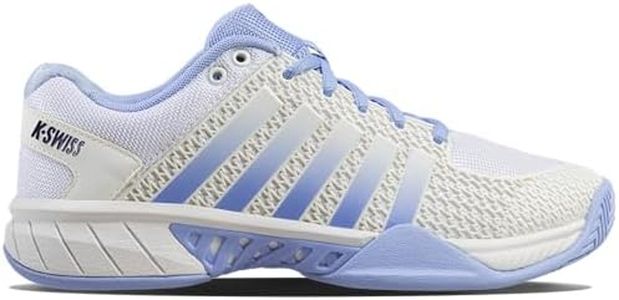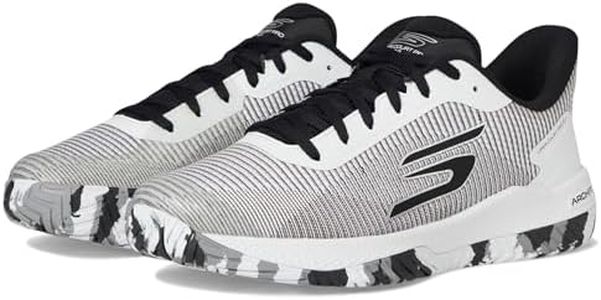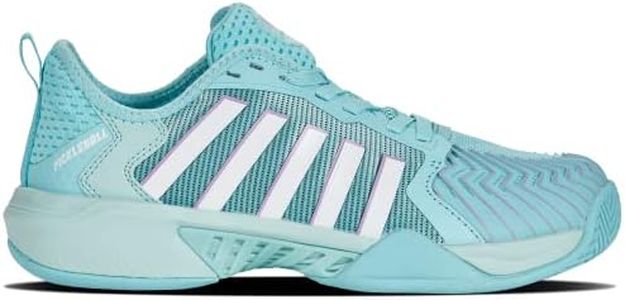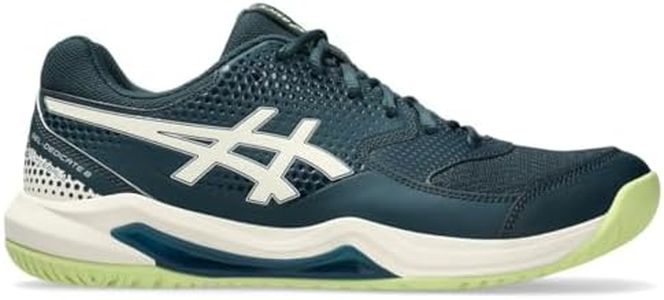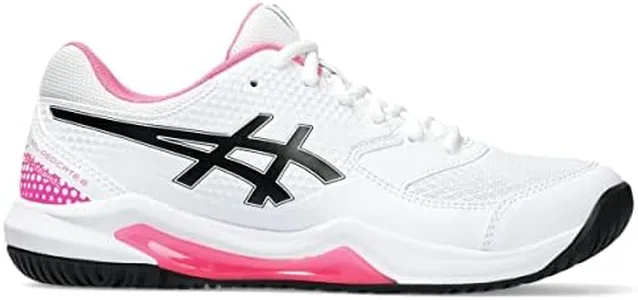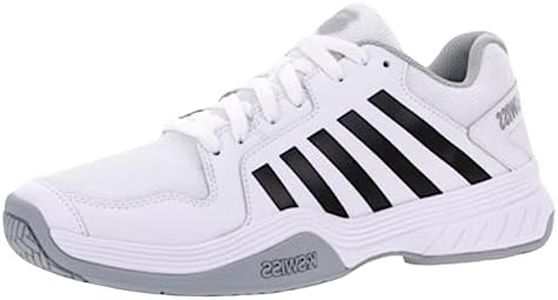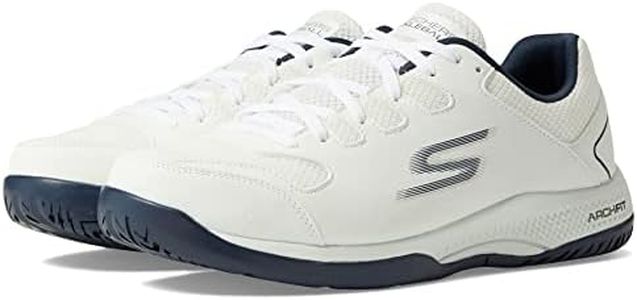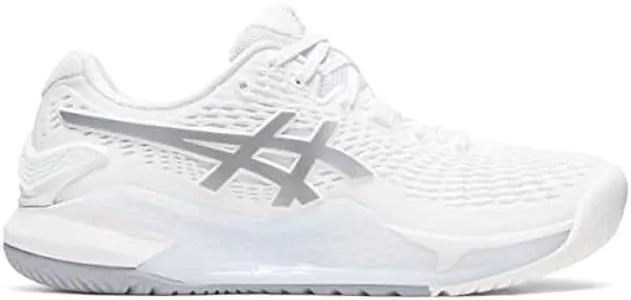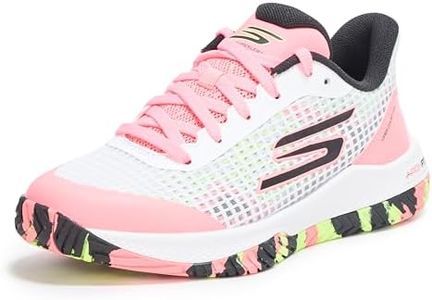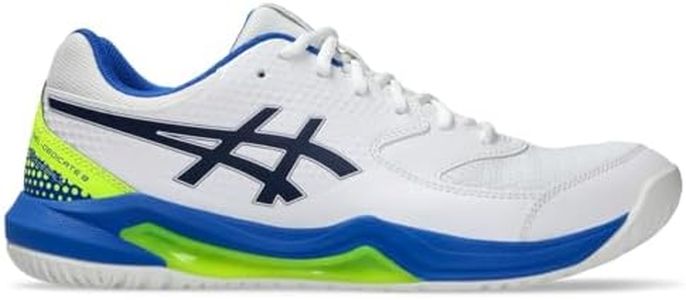We Use CookiesWe use cookies to enhance the security, performance,
functionality and for analytical and promotional activities. By continuing to browse this site you
are agreeing to our privacy policy
10 Best Pickleball Shoes
From leading brands and best sellers available on the web.Buying Guide for the Best Pickleball Shoes
Picking the right pickleball shoes is essential for your comfort, performance, and injury prevention on the court. Unlike standard sneakers, shoes designed for pickleball (or court sports) address the unique movements the game requires, like quick lateral shifts and sudden stops. Understanding the main features of pickleball shoes will help you choose a pair that supports your style of play, fits your foot shape, and keeps you moving comfortably throughout your games.Outsole Material and GripThe outsole is the bottom part of the shoe that makes contact with the court, and its material and tread pattern are critical for traction and preventing slips. Court shoes usually have non-marking rubber outsoles that provide a mix of durability and grip. Some have herringbone or modified tread patterns to ensure you can move quickly in any direction. For indoor courts, you want a sole that doesn't leave marks and grips well on smooth surfaces; for outdoor courts, a slightly tougher sole with good grip is best. Your choice should depend on where you play most—indoor or outdoor—and on how much quick direction-changing you do during games.
Cushioning and SupportCushioning refers to how much shock absorption the shoe provides, which is important for comfort during long matches and reducing impact on your joints. More cushioning typically means more comfort, especially for people with sore feet or who play for extended sessions. Support, especially around the arch and ankle, helps to stabilize your foot and prevent twists or fatigue. Players who move aggressively or have a history of foot problems may need more support. If you prefer a lighter, more connected feeling with the court, go for moderate cushioning; if you value comfort and play long matches, more cushioning might suit you better.
Fit and SizingFit describes how well the shoe contours to your foot, affecting comfort and performance. A proper fit should be snug but not tight, with enough room in the toe box to wiggle your toes but not so much that you slide around. Since everyone's feet are different, try on multiple sizes and consider whether you have wide or narrow feet. Laces or straps should secure your foot without creating pressure points. If you have orthotics or specific foot shape needs, look for shoes that accommodate inserts or offer different width options.
BreathabilityBreathability refers to how well the shoe lets air flow to your foot, which helps keep you cool and dry, reducing the risk of blisters. Shoes with mesh panels or perforations are more breathable and better for hot or humid conditions. If you tend to sweat a lot or play in warmer climates, prioritize this feature; if you mostly play indoors or in cooler places, this is less crucial but still contributes to overall comfort.
WeightWeight affects how agile you feel on the court. Lighter shoes allow for quicker movement and can reduce fatigue, but may sacrifice some support or cushioning. Heavier shoes often offer more stability and protection but can feel bulky. If your playing style involves lots of fast sprints and quick cuts, look for a lighter option; if you prefer steady play or need more stability, a slightly heavier, more supportive shoe could be a better match.
DurabilityDurability describes how well the shoe holds up over time, especially under the repeated stress of intense play. Materials like reinforced toe caps, sturdy rubber outsoles, and quality stitching can extend the life of your shoes. If you play frequently, especially outdoors where surfaces are rougher, focus on durability; for occasional, gentle indoor play, you may prioritize other factors instead.
